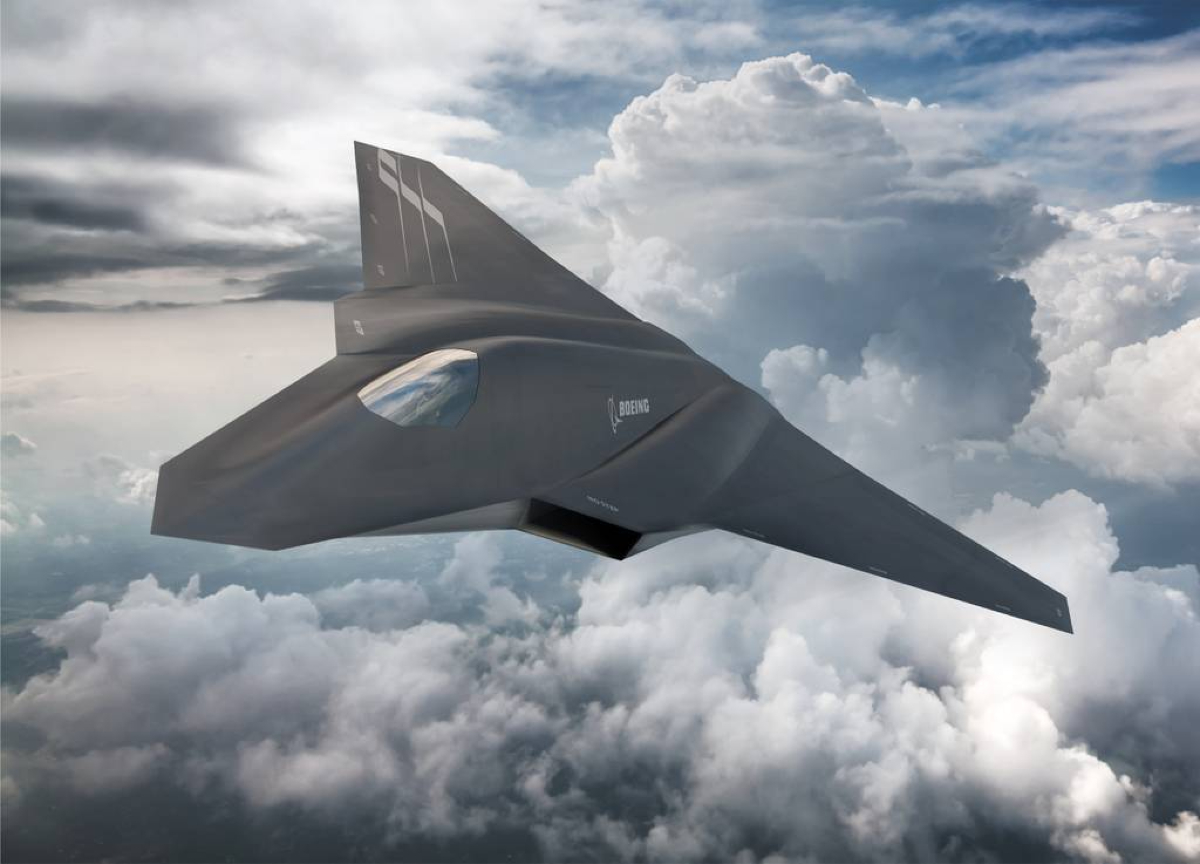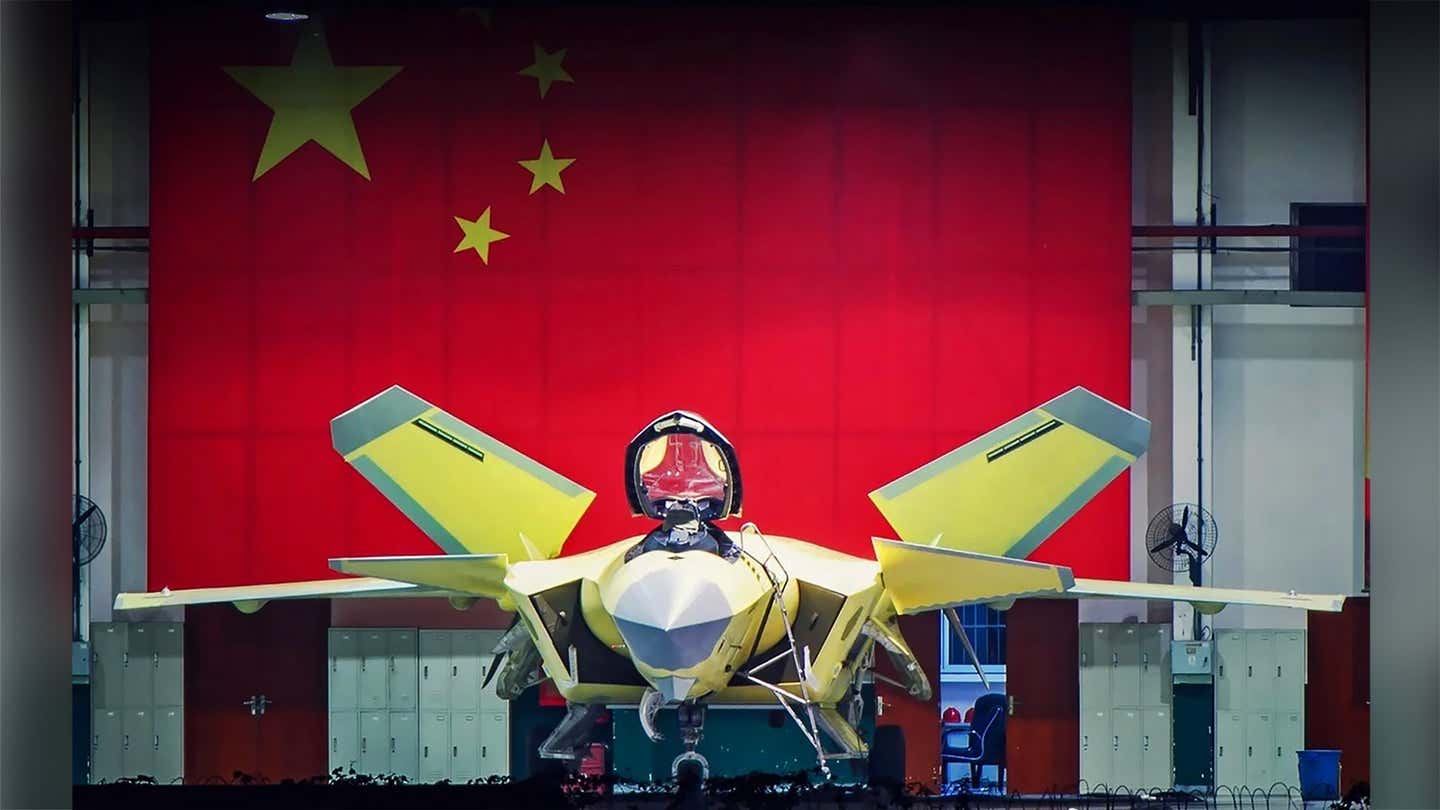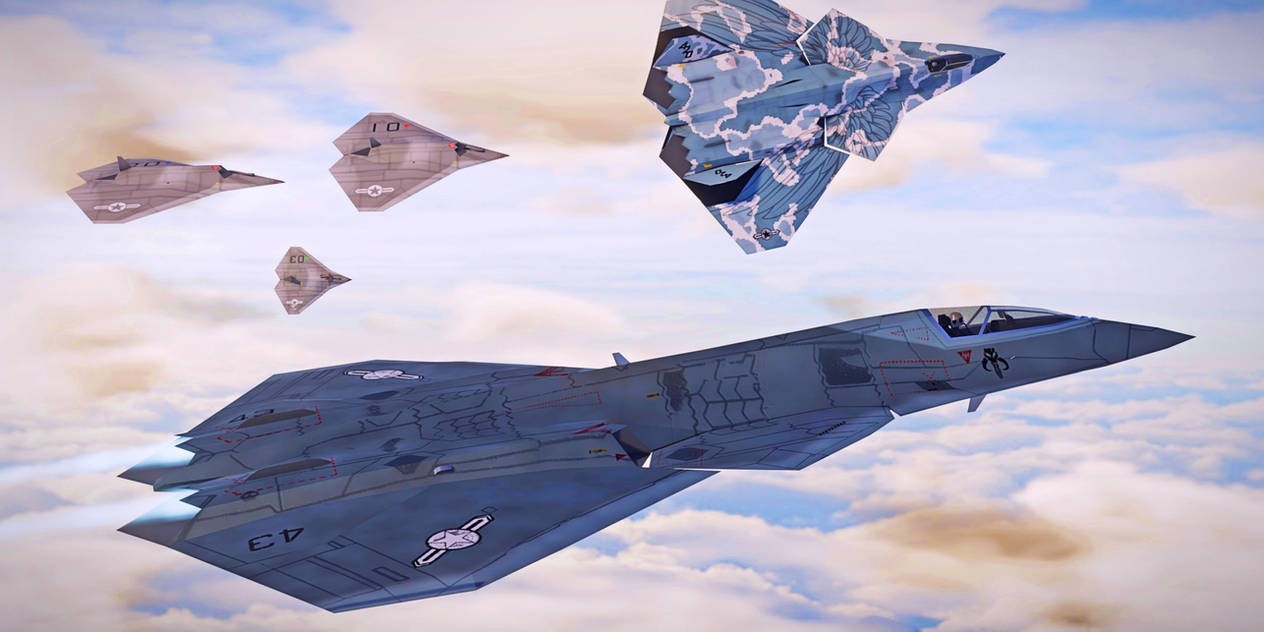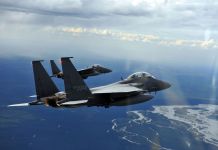There are rumblings that China could be working on a sixth-generation aircraft program, much like its counterpart in the West. As the rivalry between the two sides intensifies, higher echelons in the US military are starting to up the ante.
China In The Firing Line! US Sends Its ‘Most Advanced’ Zumwalt-Class Stealth Missile Destroyer To Asia
‘Thaad Rate’ Logic – China Angry With THAAD Deployment In S.Korea But Overlooks India’s Very Similar Concerns In Bhutan
The chief of the US Air Combat Command (ACC), General Mark Kelly, has asserted that the US Air Force must make sure it fields its next-generation fighter first since China is “on track” to produce a sixth-generation fighter.
Last week, he spoke at the Air and Space Force Association’s Air, Space, and Cyber Conference, noting: “I cannot tell you today what’s going on in China except they’re planning for their 20th National Party Congress [in October]. But I can tell you what’s not happening. They’re not having a debate over the relevance of six-gen air dominance. And I can also tell you they’re on track.”
These comments come when the United States is pursuing the Next Generation Air Dominance (NGAD) program in full earnest. At the heart of the NGAD is a manned sixth-generation stealth fighter jet with advanced and never-before-seen capabilities.
The US Air Force needs to “make sure we get to six-gen air dominance at least a month before our competitors,” Kelly said. This is indicative of the concerns among the USAF higher-ups regarding an unknown Chinese sixth-generation program, of which nothing is out in the public domain.

China has been actively working on its second fifth-generation fighter aircraft, the FC-31 Gyrfalcon, a twin-engine fifth-generation aircraft currently in the prototype stage.
China has been even more covert about its initiatives than most countries, including the United States, which has shared little information about its sixth-generation fighter program.
The American NGAD has been described as a system of systems, meaning that the manned aircraft would be teamed or supported with many adjunct and auxiliary aircraft. We know it will be compatible with emerging technologies, which can be incorporated over time without disturbing the aircraft’s primary flight system.
What To Expect From Next-Gen Fighters?
According to Air Force Secretary Frank Kendall, the US Air Force is currently on track to field its Next Generation Air Dominance family of systems by the decade’s end, becoming the first sixth-generation fighter user. In 2020, the service successfully test-flew a manned NGAD prototype.
Air Force Chief of Staff Gen. Charles Q. Brown Jr. stated that there might be two versions of NGAD, one with long-range missions for the Indo-Pacific (for China ops) and the other with shorter ranges between potential battle areas in Europe. The US Navy and Air Force each have their NGAD programs.
Kelly stated during the roundtable that China’s idea of a sixth-generation fighter appeared to be similar to the American idea.
According to him, in general, the Chinese see it much the same way as the US does in terms of an exponential reduction in signature and exponential acceleration in processing power and sense, as well as the ability to iterate in terms of open mission systems, to be able to reprogram at the speed of relevance essentially.
The Chengdu Aerospace Corporation’s chief designer, Wang Haifeng, claimed in a 2019 interview that China was conducting preliminary research on a next-generation fighter to have a new capability ready to “protect the sea and sky” by 2035.
Although Wang did not elaborate on China’s design, he did mention several features that he thought would distinguish US fighter capability in the future, including the ability to work with drones, the use of artificial intelligence, advancements in stealth, and omnidirectional sensors.
He added that designs might use “less certain” disruptive technology like drone swarms, lasers, and adaptive engines.
On the question of a sixth-generation fighter, a military expert told the Global Times, “China’s tradition is to have one generation in service, a new one in development, and a next-generation under study. Now that the J-20 is already in service, developing a new aircraft is also underway.”

While the US acknowledgment of China’s sixth-generation fighter capability is significant, it has often accused Beijing of building a fifth-generation fighter jet by stealing the US military technology. Against that background, military experts take China’s capacity to build a next-generation fighter jet with a pinch of salt.
Military expert and a senior fellow at the Institute of Peace and Conflict Studies (IPCS), Abhijit Iyer Mitra, told EurAsian Times, “The Chinese still haven’t got on to fifth-generation technology in the true sense. We don’t even know what components would make up a sixth-generation fighter jet. When the US defines these, China will only play catch-up. They will claim they have all these capabilities without laying down what forms a next-generation aircraft in the first place.”
EurAsian Times had earlier reported that the NGAD warplane is depicted as having a triangular shape and no vertical tail in the artist’s rendering. The NGAD program will have a fighter jet with improved speed, maneuverability, stealth technology, and AI-assisted data processing.

The NGAD is also being developed to perform unmanned missions and participate in manned-autonomous teaming, in which human pilots collaborate with drones and unmanned platforms like Loyal Wingman planes. The Chinese sixth-generation fighter jet could be expected to take on these same features broadly laid out by the USAF.
According to Philippines-based military analyst Miguel Miranda, “China does have a new twin-engine carrier-based fighter in the works called the J-35 that improves upon the earlier J-31, which was being offered for export as the FC-31.
However, I don’t see any evidence of a different multirole fighter in the works, other than vague comments on Chinese aerospace R&D. The J-20 is here to stay. Many of its upcoming features are already known: Teaming with combat drones similar to the Boeing “Loyal Wingman” program,
New attack capabilities are enabled by real-time interactive data fed to the pilot’s interface, external changes on its airframe and cockpit (note the two-seater variant being tested), and 100% Chinese-made engines.
No matter how successful the development, testing, and production of the NGAD is, it can’t diminish the reality of China’s air power build up in all aspects–combat, logistics, standoff precision strike.”
According to US ACC general Kelly, China often gradually transforms one fighter variant into another, as it did with the J-16, a locally made aircraft modeled after the Russian Su-27 and Su-30. American aircraft design, in contrast, is distinguished by significant increases in capability.
“We as a nation tend to let go of the trapeze and leap the next rung. Our Chinese frenemies tend to iterate,” he said, adding, “That makes it easier for them to grab the rung when they go off-pitch.”
Former Jaguar Pilot and Indian Air Force veteran Squadron Leader Vijainder Thakur (retd) told EurAsian Times: “It is perhaps easier to speculate about the 6th gen capabilities that the Chinese fighter will not feature.
China lags behind the West in aero-engines. So we can safely say that the Chinese sixth-generation fighter will not have capabilities that require a powerful and efficient engine. These features include exceptional range & enhanced electrical power generation capability.
“The US would rule powerful directed energy weapons. Based on China’s advances in avionics, it is likely that its sixth-generation fighter will feature drone control, multispectral radar & optical system, optional manning, and a unified electronic warfare system. The fighter would also likely feature infrared and broadband RF stealth and longer-range air-to-air missiles.”
While ambitious, China’s ability to launch a 6th-generation aircraft by the mid-2030s is likely to fall short of what the UK or US may have available by that time. Beijing will probably keep catching up as it makes its most significant strides forward.
- Contact the author at sakshi.tiwari9555@gmail.com
- Follow EurAsian Times on Google News




